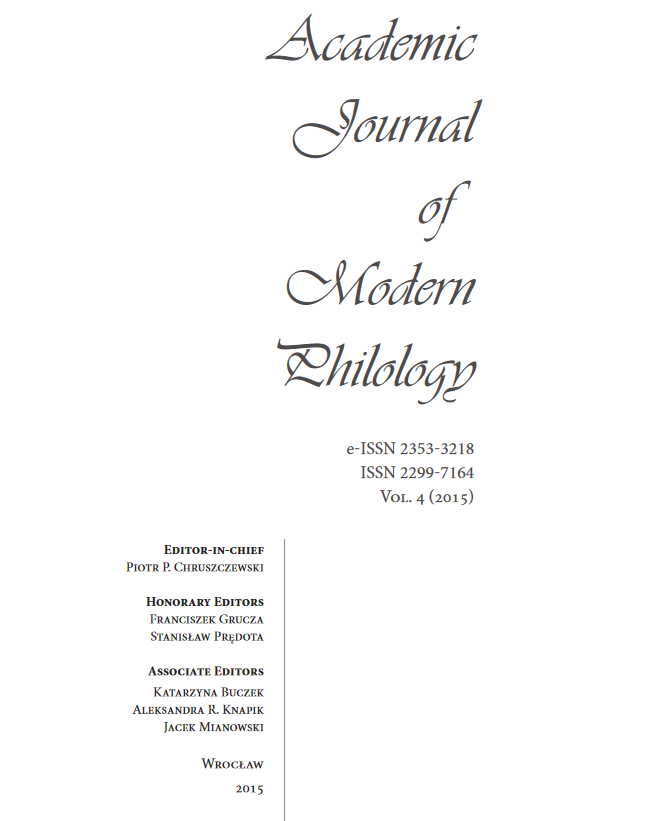On the Complexity of Creole Languages: The Fractal Approach
On the Complexity of Creole Languages: The Fractal Approach
Author(s): Natalia PietraszewskaSubject(s): Christian Theology and Religion, Social Sciences, Language studies, Language and Literature Studies, Semantics, Philology, Translation Studies
Published by: Komisja Nauk Filologicznych Oddziału Polskiej Akademii Nauk we Wrocławiu
Keywords: fractal dimension; language complexity; creole languages; time series
Summary/Abstract: The current paper aims to compare the complexity of texts translated into English-based creole languages and English. The main motivation for the choice of topic was the growing body of evidence that languages and language phenomena, such as texts, may be regarded as complex adaptable systems of signs. These systems may display some fractal properties, such as self-similarity at different scales. In consequence, texts may be analysed in the same manner as other fractal objects. It is possible, for instance, to estimate their fractal dimensions which, to some extent, reflect the degree of their structural complexity. Such an assumption enables one to calculate and compare fractal dimensions of parallel translations of texts to various languages in order to compare their complexity levels. Methods which enable comparisons of complexity of texts in different languages are particularly important with regard to creole languages, since the complexity of contact languages is still the subject of debate. In the following study, ten parallel translations of passages from the New Testament were mapped onto time series plots based on the length and the frequency rank of words. The values of Hurst exponent as well as fractal dimension were estimated and it was found that the studied time series did not differ significantly between English and English-based creoles with respect to their fractal dimensions. The results lend support to the idea that creole languages are simply new languages which are merely different from their superstrate language rather than being less complex, at least with regard to their lexical patterns.
Journal: Academic Journal of Modern Philology
- Issue Year: 2015
- Issue No: 4
- Page Range: 73-80
- Page Count: 8
- Language: English

